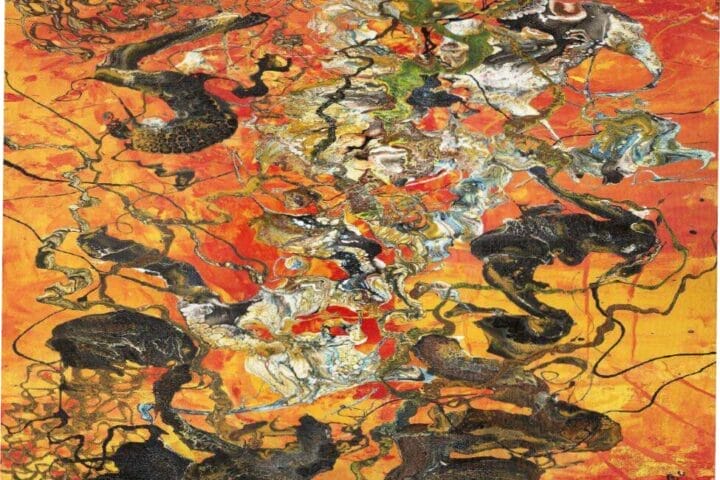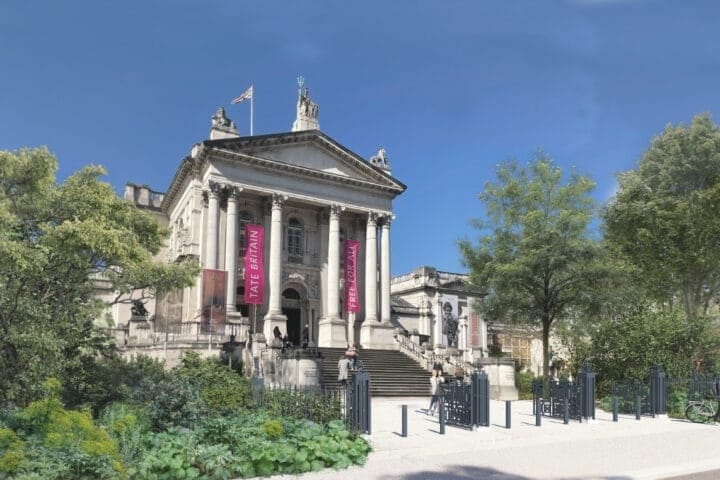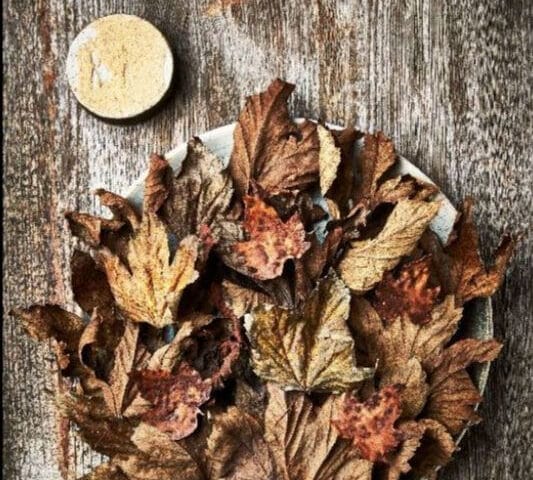Gallery Koyanagi is pleased to present the exhibition “Gallery selection” from Wednesday, July 5 to Saturday, August 26, 2023. This exhibition will feature Thomas Ruff’s latest series “d.o.pe.,” in which he printed the composed ‘fractal’ patterns onto the industrial carpet, and Haim Steinbach’s “Spanish dancer” with a Degas statuette incorporated in a wooden wall box. Also on view is “OPTICKS” by Hiroshi Sugimoto, the artist’s first color photo series that captured the sunlight dispersed into the array of colors through a prism, and “Seaside” by Akiko Hashimoto reinstalled her drawing into the furniture.
From 1977 to 1985, Thomas Ruff studied photography under Bernd and Hilla Becher at the Kunstakademie Düsseldorf and became known for developing series that pursue the experimental approach to the medium and persistently questioning preconceived notions of photography. With Ruff’s ongoing pursuit of the visual expression of the beauty of mathematics, he has previously used mathematical formulas in his work. In this series, he focuses on “fractals,” a geometrical pattern that when a section of the pattern is enlarged, the same structure can be seen again and again. With a new software, he artificially generated the geometric structure, which appears in nature as the structure of a snowflake, into a three-dimensional digital image in virtual space. Departing from his previous works, he had the finished motif printed on an industrial carpet to create works that had a spatial depth and a soft surface. As the visual aspects of d.o.pe. echo the 1960s and 70s psychedelic art, the title of the series is based on the English title of Aldous Huxley’s autobiographical essay “The Doors of Perception” (1954). Ruff’s images additionally recall the bright colors and exuberant fantasy worlds of the Northern Renaissance style of artists such as Hieronymus Bosch and Matthias Grünewald, alluding to the limitlessness of artistic imagination.
Based in New York, Haim Steinbach is known for his installations, arranging his collected objects to daily necessities on a shelf which he presents as “framing devices,” triangular column-shaped shelves based on three angles—90, 50, and 40 degrees of a triangle, fabricated in various colors. The room-filling installation often includes wall texts appropriated from manga zine ads and other sources, setting forth new contexts for a wide range of objects. Gallery Koyanagi will exhibit a wooden wall box that features a small-scale copy of Degas’ “Spanish dancer.” This museum souvenir statuette made of faux bronze rest atop an antique stool. Steinbach describes the work as follows. “Placed on glass shelves, a few inches from the bottom of each box, the arrangements appear to defy gravity, with their shadows adding further dimension.”

Hiroshi Sugimoto’s ‘Opticks’ series originates in his idea to recreate Sir Isaac Newton’s prism experiments, and it took Sugimoto 15 years of investigation and verification to complete, trying and incorporating the photographic technology. In 1704 Newton notified the world, who believed that the sunlight was white, that in fact it was made up of multiple colors like red, orange, yellow, green, blue, indigo, and violet, all with different refractive indices, by his publication OPTICKS. And today, Sugimoto employed and improved the observational apparatus that Newton has invented, which disperses the sunlight into the array of colors through a prism, and succeeded in capturing the exact colors, by recording it on the extinct Polaroid film. He then produced large-scale chromogenic prints that are sufficiently expansive for viewers to merge into the color, by using those Polaroid films to recreate the infinite tones and gradations that appear in the gap between colors.
Akiko Hashimoto, who held a solo exhibition at Gallery Koyanagi in 2021, has been presenting installations structured around her elaborate pencil drawings. She describes her activity as “making scenery” in which she incorporates the whole changing phase at the site—the light pouring into the exhibition space, the shadows, the time passing, and the movement of people, as an artwork. In the work presented in this exhibition, she took a portion of the work from last year’s duo exhibition “Other Rooms” and placed it inside a handcrafted wooden shelf. In the shelf, divided by glazing, lines arise like shadows from the glass spoon and the cup, and the pencil drawing offers a glimpse into a place “far away”.
Gallery Koyanagi
Japan, 〒104-0061 Tokyo, Chuo City, Ginza, 1 Chome−1−7-5 銀座小柳ビル 9F









